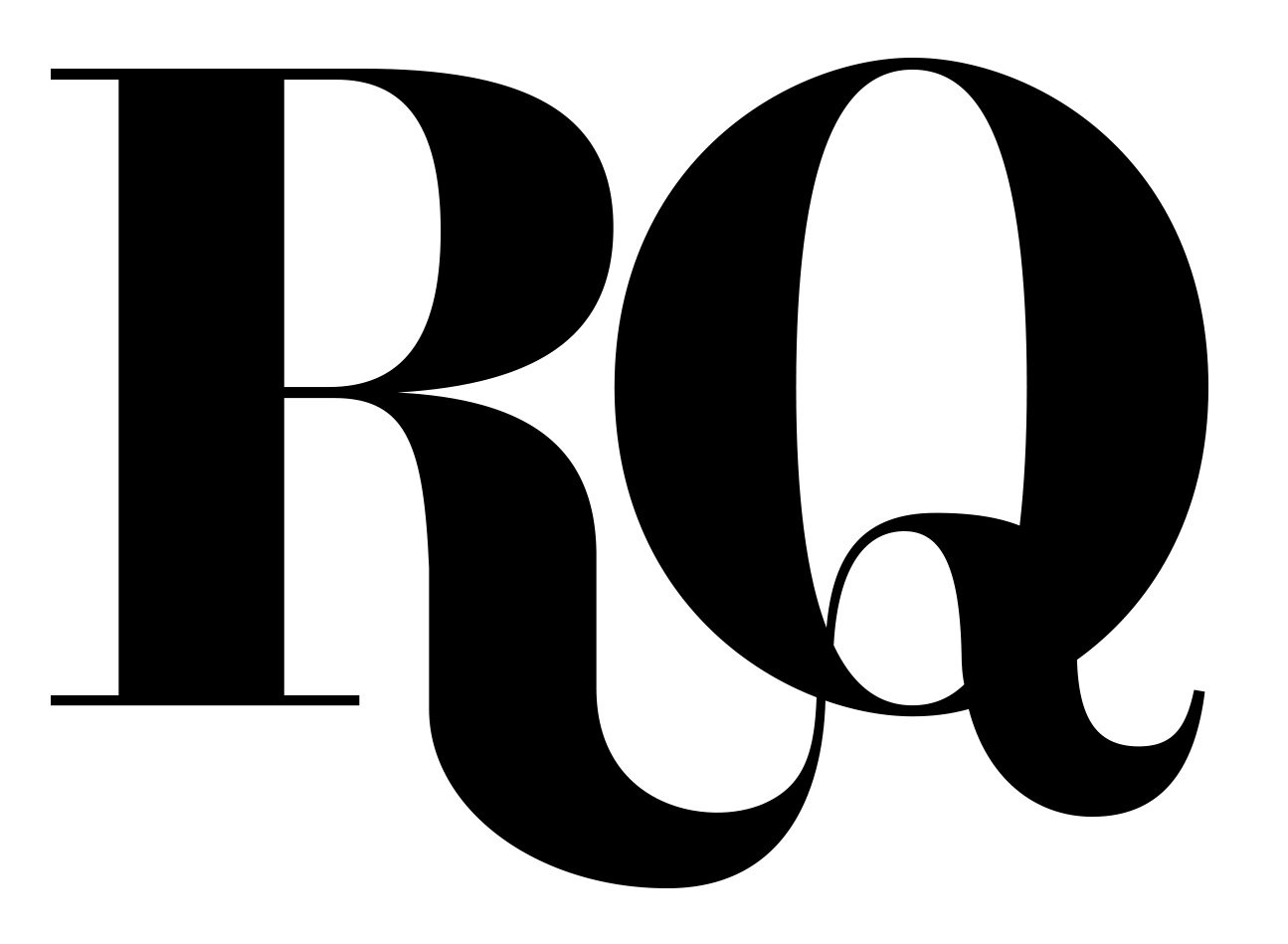SHOW CLOSING // GATECRASHERS AT THE BRANDYWINE MUSEUM
Gatecrashers at the Brandywine
by Heather Shayne Blakeslee
EXCERPT //
When Pittsburgh painter John Kane entered “Scene from the Scottish Highlands” in the annual Carnegie International exhibit in 1927, a controversy ensued.
According to Katherine Jentleson, the Merrie and Dan Boone curator of folk and self-taught art at the High Museum of Art in Atlanta, it was a turning point for American Modernism, not because of its subject—the painting is a scene of immigrant boys performing a traditional dance in the hills of Western Pennsylvania—but because of who painted it.
John Kane was born in 1880 to Irish parents in Scotland, which was already a strike against him; he also had no formal training as a painter. But the gatekeepers of the art world at that time were increasingly interested in distancing American aesthetics from the realistic old-world master style of Europe. In turning toward abstraction as well as exaggeration and imaginative flights, the door was left open to self-taught artists such as Kane, who’d attempted twice before to break through.
One of jurors for the 1927 exhibit, Andrew Dasburg, was so enamored of Kane’s painting that he basically refused to play if the other jurors didn’t follow suit. “If the other jury members didn’t let it in, he would vote out every other painting,” Jentleson says. “Essentially, he wasn’t going to cooperate as a jury member. … That was the first. That was the one that really crashed the gates—hence the title of the show—of the art world.”
For full text and images, consider reading RQ in print, on a Sunday afternoon, sun streaming through your window, coffee in hand, and nary a phone alert within sight or in earshot… just fine words, fine design, and the opportunity to make a stitch in time. // Subscribe or buy a single issue today. // Print is dead. Long live print. //

